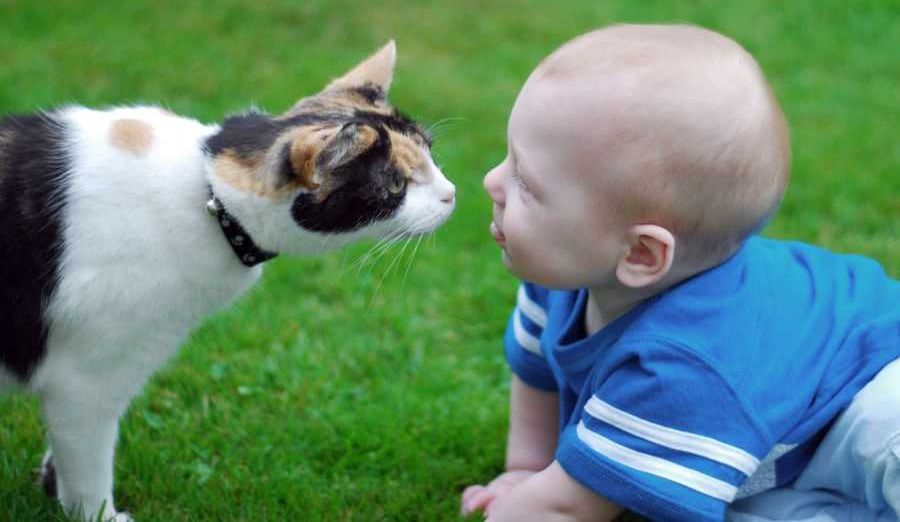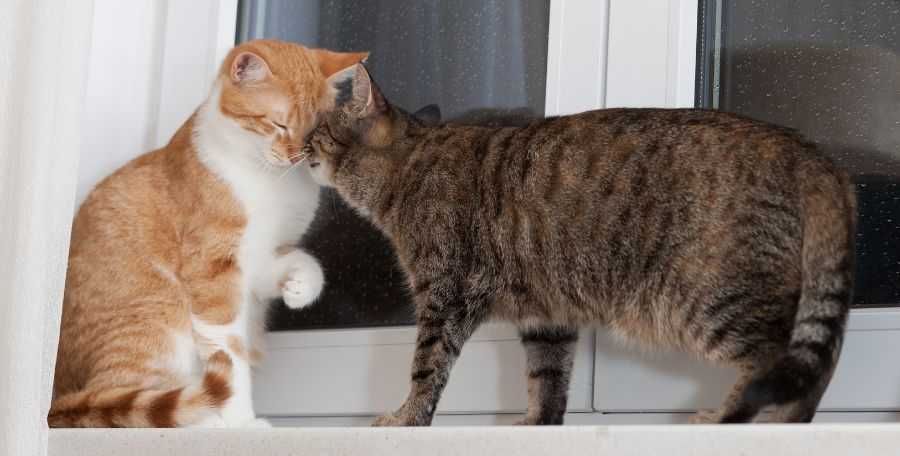When traditional universities aren't in the plan, trade schools can fill in the gap

Skilled workers are in short supply and fewer young people are choosing trade school track.
It’s graduation season and high school seniors are enduring their last few days of classes before the last summer of their childhood. The summer after high school ends is special, with graduation parties and friends getting ready to take off around the country to pursue their next path. Though many are off to university to make their, or their parents', dream come true, not every high school grad wants to go off to a four-year college. And schools don’t always do a good job in informing high schoolers of their choices outside of college and the military.
The conversation around college seems to start earlier than it used to. My own children started being asked about college plans around sixth grade, and the pressure has only mounted with every passing year. When my eighth grader announced in a school meeting that he already had a college and degree path chosen, the teachers were outwardly excited and praised him for knowing what he wanted to do. It's an awful lot of pressure to put on 12-14-year-olds.
College is expensive and financially unattainable for many families. The looming expense of a college education can lead to parents putting pressure on their children to perform exceptionally to procure highly competitive scholarships.
Pressure to perform at elite levels academically and in sports in an effort to reduce the cost of attending college can result in students feeling overwhelmed. My own child struggled under the weight of expectations he felt from teachers, until one day he came to me and quietly said, “I don’t think I want to go to college.” I simply replied “OK” before explaining that college doesn’t have to be everyone’s path and we could explore options outside of a four-year institution. The audible exhale from his lungs told me everything I needed to know at that moment.
Kids absorb many things that go unsaid. I never told him that it was expected that he go to college, but I also didn’t talk about other options, so in essence the message I was sending was that college is the only next step. My son became more and more consumed by the expectation to get near-perfect grades and excel at band and other things to secure a scholarship to schools he didn’t even want to attend. His story isn’t unique. Teens across America are suffocating under the pressure to perform for the grand prize of scholarships and a fancy piece of paper, all while trades are struggling to fill positions.
 Photo by Enis Yavuz on Unsplash
Photo by Enis Yavuz on UnsplashPeople that do essential work in our homes and on our vehicles cannot fill positions because not enough students are exiting trade schools. Mechanics, welders, plumbers, electricians, every skilled trade you can think of is in a shortage because schools and parents don’t give trades the same attention as they do four-year college degree options. The median age of a skilled tradesperson is 43 and at the current rate many will retire in a little more than a decade’s time leaving more vacancies. Sure we want our children to succeed in life but a bachelor’s degree doesn’t automatically equal success. Skilled trades oftentimes pay more money than entry-level positions that require a four-year degree, so why aren’t we encouraging our children to explore these interests?
It seems as if America has gotten caught up in an endless loop of pushing and expecting college from students, only for students to graduate with exorbitant amounts of debt. Then the cycle repeats for the next generation. But it doesn’t have to be that way.
Ultimately my son decided to change his track in high school from four-year college track to trade school track. This only affects the classes he will take for graduation. Instead of taking three years of a foreign language and four years of advanced math, he will get to skip the unnecessary classes and go straight into automotives. After graduating, he will have one year of credits toward the two-year automotive certification.
Attending the local community college will be a fraction of the price of a four-year college, and only require one additional year before he can go into the workforce. No debt would be acquired and he would be doing what he enjoys. This isn’t to say he can’t change his mind and decide later to attend a four-year university; we would support any path he chose. It’s just a reminder to listen to our words. Pay attention to the things we aren’t saying. Make our children aware of every option, not just the traditional track.
 Photo by Josh Olalde on Unsplash
Photo by Josh Olalde on Unsplash
Attending a trade school is a valid option, not merely an alternative to college. Trade schools are higher education and shouldn’t be reserved for students adults think “aren’t cut out for college,” because the truth of the matter is, many trade school certificate holders are just as intelligent or more so than degree holders. We need to let go of preconceived notions about the trades and start focusing on what our children are good at and encourage the pursuit of that at whatever level they choose.
- Meet Vaughn Smith, a carpet cleaner who can speak 24 different ... ›
- Free college is becoming a reality across America as 30th state is ... ›
- Skilled workers make our world work. They deserve our respect ... ›


 Coworkers having a nice conversation.via
Coworkers having a nice conversation.via  Two women chatting in front of a fire. Credit: Atlantic Ambience/Pexels
Two women chatting in front of a fire. Credit: Atlantic Ambience/Pexels Two guys chat at a cafe. Credit: Helena Lopes/Pexels
Two guys chat at a cafe. Credit: Helena Lopes/Pexels Curious cat and baby share a gentle moment on the grass.
Curious cat and baby share a gentle moment on the grass. Feline friends sharing a tender moment by the window.
Feline friends sharing a tender moment by the window. A sweet moment shared with a fluffy friend.
A sweet moment shared with a fluffy friend. New Mexico will cover childcare costs for all families across the state, regardless of income.
New Mexico will cover childcare costs for all families across the state, regardless of income.  Families in New Mexico won't have to worry about affording childcare.
Families in New Mexico won't have to worry about affording childcare.